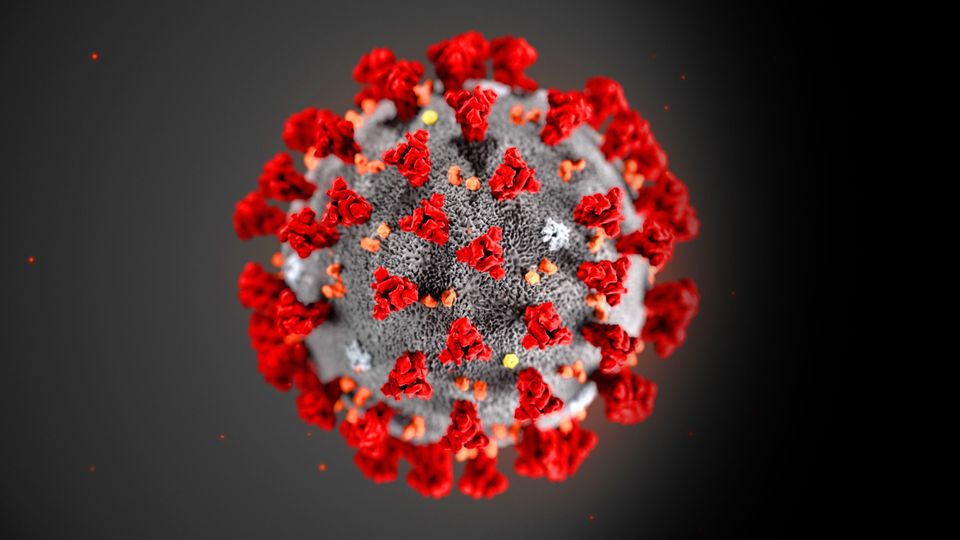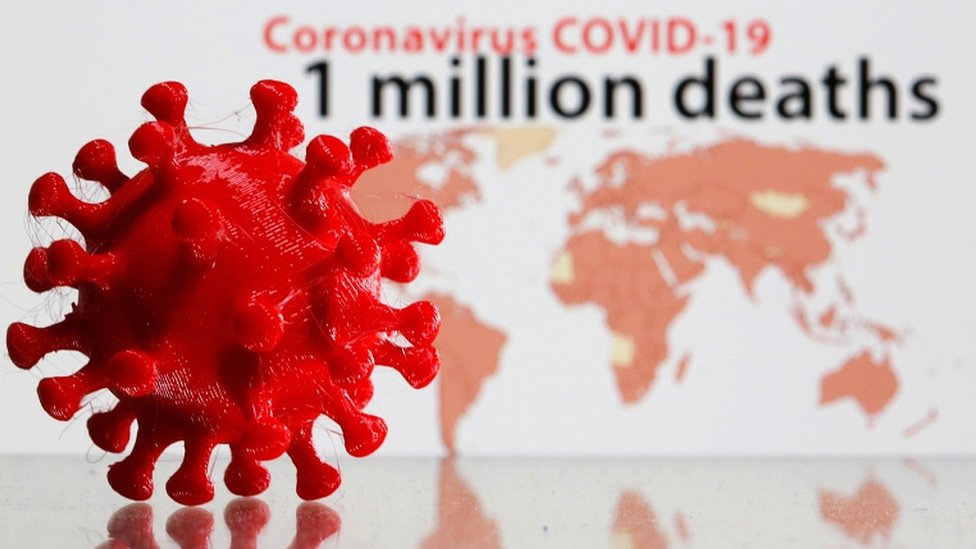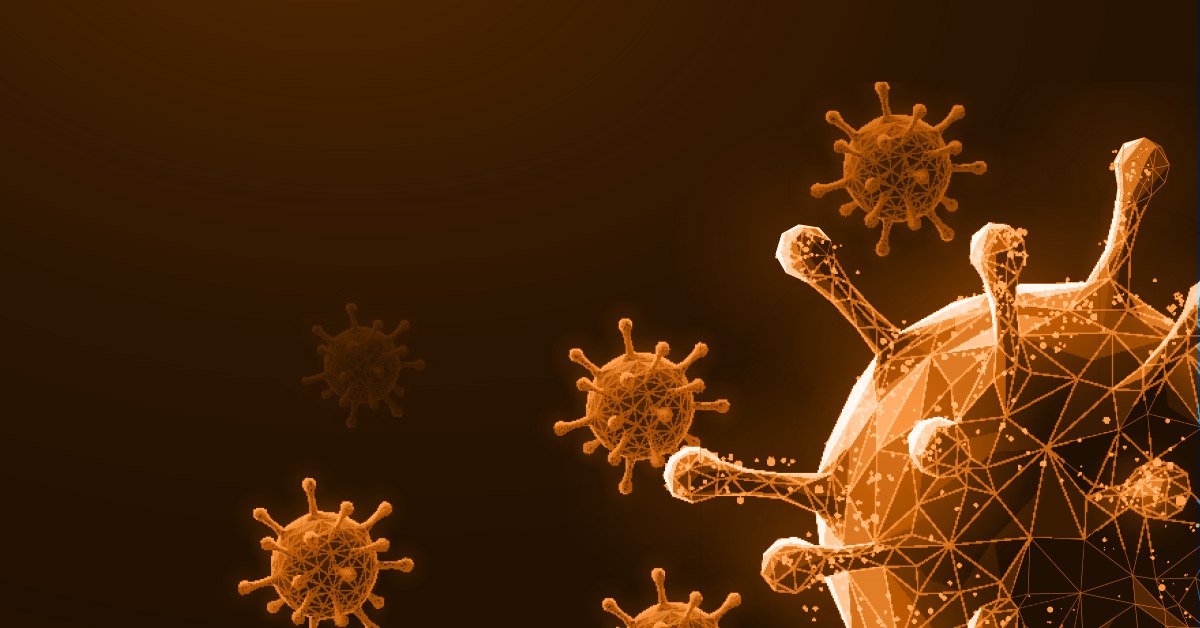The Origin Of COVID-19: Unraveling The Source
Where did COVID-19 start? The COVID-19 pandemic is thought to have started in Wuhan, China, in December 2019. The virus is believed to have originated in bats and then spread to humans through an intermediary animal, possibly a pangolin.
COVID-19 is a respiratory illness that can cause fever, cough, shortness of breath, and fatigue. In severe cases, it can lead to pneumonia, acute respiratory distress syndrome (ARDS), and death.
The COVID-19 pandemic has had a devastating impact on the world, causing widespread illness and death. It has also led to significant economic disruption, as businesses have been forced to close and travel has been restricted.
Scientists are still learning about COVID-19, but they have made significant progress in understanding the virus and developing treatments and vaccines. The World Health Organization (WHO) is leading the global response to the pandemic, and it is working with governments and health organizations around the world to contain the virus and save lives.
Where COVID-19 Started
The COVID-19 pandemic is thought to have started in Wuhan, China, in December 2019. The virus is believed to have originated in bats and then spread to humans through an intermediary animal, possibly a pangolin.
- Location: Wuhan, China
- Time: December 2019
- Origin: Bats
- Intermediary animal: Possibly a pangolin
- First cases: A cluster of pneumonia cases of unknown cause was reported in Wuhan in December 2019.
- Identification of the virus: The virus was identified as a novel coronavirus in January 2020.
- Pandemic: The virus spread rapidly around the world, and the WHO declared a pandemic in March 2020.
The COVID-19 pandemic has had a devastating impact on the world, causing widespread illness and death. It has also led to significant economic disruption, as businesses have been forced to close and travel has been restricted. Scientists are still learning about COVID-19, but they have made significant progress in understanding the virus and developing treatments and vaccines. The World Health Organization (WHO) is leading the global response to the pandemic, and it is working with governments and health organizations around the world to contain the virus and save lives.
Location
The COVID-19 pandemic is thought to have started in Wuhan, China, in December 2019. The city of Wuhan is the capital of Hubei province in central China, with a population of over 11 million people. Wuhan is a major transportation hub, with an international airport and a high-speed rail line connecting it to other major cities in China.
- Proximity to animal markets: Wuhan is home to several large animal markets, where live animals are sold for food. These markets are thought to be the source of the virus, which may have jumped from animals to humans through an intermediary animal, possibly a pangolin.
- Population density: Wuhan is a densely populated city, which may have contributed to the rapid spread of the virus. The virus is spread through respiratory droplets, which can be transmitted through close contact with an infected person.
- Transportation hub: Wuhan is a major transportation hub, which may have contributed to the spread of the virus to other parts of China and the world. People traveling from Wuhan may have carried the virus to other cities and countries, where it spread further.
- Government response: The Chinese government's response to the outbreak has been criticized by some for being slow and ineffective. This may have contributed to the spread of the virus within China and to other countries.
The location of Wuhan, China, was a major factor in the start of the COVID-19 pandemic. The city's proximity to animal markets, population density, transportation hub, and government response all played a role in the spread of the virus.
Time
The COVID-19 pandemic is thought to have started in Wuhan, China, in December 2019. This timing is significant for several reasons.
- Seasonality: Coronaviruses are known to be more common in the winter months, when people are more likely to spend time indoors and in close contact with others. This may have contributed to the spread of the virus in Wuhan, which has a cold and dry climate in December.
- Holiday travel: December is a time of year when many people travel for holidays, such as Christmas and New Year's. This may have contributed to the spread of the virus to other parts of China and the world, as people traveled from Wuhan to visit family and friends.
- Lunar New Year: The Lunar New Year is a major holiday in China, and it is typically celebrated in January or February. In 2020, the Lunar New Year began on January 25th. This holiday period is associated with increased travel and gatherings, which may have contributed to the spread of the virus within China.
The timing of the COVID-19 outbreak in December 2019 was a significant factor in its spread. The seasonality of coronaviruses, holiday travel, and the Lunar New Year all contributed to the rapid spread of the virus within China and to other parts of the world.
Origin
The COVID-19 virus is thought to have originated in bats. Bats are known to carry a wide variety of coronaviruses, and it is believed that one of these viruses jumped from bats to humans, possibly through an intermediary animal, such as a pangolin.
There are several reasons why bats are thought to be the origin of COVID-19. First, bats are known to be reservoirs for a wide variety of coronaviruses. Second, the genetic sequence of the COVID-19 virus is very similar to that of coronaviruses found in bats. Third, there have been several cases of people being infected with coronaviruses from bats. For example, in 2002, there was an outbreak of SARS (Severe Acute Respiratory Syndrome) in China that was caused by a coronavirus that originated in bats.
The fact that COVID-19 is thought to have originated in bats is important for several reasons. First, it helps us to understand how the virus emerged and spread. Second, it can help us to develop strategies to prevent future pandemics. For example, we can focus on preventing contact between bats and humans, and we can develop vaccines that are effective against coronaviruses that originate in bats.
Intermediary animal
Scientists believe that COVID-19 may have spread from bats to humans through an intermediary animal, possibly a pangolin. Pangolins are scaly mammals that are found in Africa and Asia. They are known to be carriers of coronaviruses, and some studies have shown that the COVID-19 virus is very similar to a coronavirus found in pangolins.
- Pangolins as a potential source of COVID-19: Pangolins are thought to be a potential source of COVID-19 because they are known to carry coronaviruses that are closely related to the COVID-19 virus. In one study, researchers found that a coronavirus found in pangolins was 99% similar to the COVID-19 virus.
- Pangolin trafficking and the risk of spillover: Pangolins are one of the most trafficked animals in the world. They are hunted for their scales, which are used in traditional medicine, and their meat, which is considered a delicacy in some cultures. This trafficking increases the risk of contact between pangolins and humans, which could lead to the spillover of coronaviruses from pangolins to humans.
- The need for further research: More research is needed to determine whether pangolins are the intermediary animal that transmitted COVID-19 to humans. However, the evidence suggests that pangolins are a potential source of the virus, and that their trafficking could pose a risk to human health.
The connection between pangolins and COVID-19 is a reminder of the interconnectedness of the natural world and human health. It is important to protect wildlife and to reduce the risk of spillover events, which can lead to the emergence of new diseases.
First cases
The first cases of COVID-19 were reported in Wuhan, China, in December 2019. These cases were initially identified as a cluster of pneumonia cases of unknown cause. The connection between these cases and the emergence of COVID-19 is significant for several reasons.
- Identifying the origin of the virus: The identification of the first cases of COVID-19 in Wuhan helped to establish the origin of the virus. By studying the genetic sequence of the virus from these cases, scientists were able to determine that the virus was a novel coronavirus that had not been previously identified in humans.
- Understanding the transmission of the virus: The study of the first cases of COVID-19 also helped to understand how the virus was transmitted. By tracing the contacts of the first patients, scientists were able to determine that the virus was spread through close contact with an infected person.
- Developing diagnostic tests: The identification of the first cases of COVID-19 also led to the development of diagnostic tests for the virus. These tests were essential for identifying infected individuals and controlling the spread of the virus.
- Developing vaccines: The understanding of the virus from the study of the first cases of COVID-19 also contributed to the development of vaccines. Vaccines are essential for preventing the spread of the virus and protecting people from the disease.
The first cases of COVID-19 were a significant event in the understanding and control of the pandemic. The identification of these cases helped to establish the origin of the virus, understand how it was transmitted, develop diagnostic tests, and develop vaccines. These advances have been essential for controlling the pandemic and saving lives.
Identification of the virus
The identification of the virus as a novel coronavirus in January 2020 was a significant milestone in understanding and responding to the COVID-19 pandemic. Prior to this, the virus was known as a "novel coronavirus" because it was a new strain of coronavirus that had not been previously identified in humans. The identification of the virus allowed scientists to develop diagnostic tests, begin working on vaccines, and understand how the virus was transmitted.
The identification of the virus was also important for tracking the spread of the virus and implementing public health measures to control the pandemic. By knowing the genetic sequence of the virus, scientists were able to develop PCR (polymerase chain reaction) tests to detect the virus in individuals. These tests were essential for identifying infected individuals and isolating them to prevent further spread of the virus.
The identification of the virus also allowed scientists to begin working on vaccines to protect people from COVID-19. By understanding the structure and function of the virus, scientists were able to develop vaccines that could train the immune system to recognize and fight off the virus. The development of vaccines has been essential for controlling the pandemic and saving lives.
The identification of the virus as a novel coronavirus in January 2020 was a critical step in understanding and responding to the COVID-19 pandemic. This identification allowed scientists to develop diagnostic tests, begin working on vaccines, and understand how the virus was transmitted. These advances have been essential for controlling the pandemic and saving lives.
Pandemic
The COVID-19 pandemic is closely connected to the origin of the virus in Wuhan, China. The rapid spread of the virus from its initial source to a global pandemic can be attributed to several factors.
- Global travel and interconnectedness: In the modern world, people travel frequently across borders for business, leisure, and other purposes. This interconnectedness facilitated the rapid spread of the virus from Wuhan to other parts of China and eventually to different countries around the world.
- Lack of early detection and response: In the early stages of the outbreak, the virus was not immediately recognized as a novel and highly contagious pathogen. This delayed response allowed the virus to spread undetected and establish a foothold in multiple regions.
- Asymptomatic transmission: One of the unique characteristics of the COVID-19 virus is that it can be transmitted by individuals who do not show any symptoms. This asymptomatic transmission made it difficult to track and contain the spread of the virus.
- Insufficient public health measures: In some cases, public health measures such as social distancing, mask-wearing, and contact tracing were not implemented effectively or early enough to contain the spread of the virus.
The connection between the origin of COVID-19 in Wuhan and the subsequent pandemic highlights the importance of global cooperation, early detection and response, and robust public health measures in preventing and controlling the spread of infectious diseases.
FAQs About Where COVID-19 Started
This section provides answers to frequently asked questions about the origin and spread of the COVID-19 pandemic.
Question 1: Where did COVID-19 originate?
Answer: COVID-19 is believed to have originated in bats and spread to humans through an intermediary animal, possibly a pangolin, in Wuhan, China in December 2019.
Question 2: How did COVID-19 spread so rapidly around the world?
Answer: The rapid spread of COVID-19 can be attributed to factors such as global travel and interconnectedness, lack of early detection and response, asymptomatic transmission, and insufficient public health measures.
Question 3: What are the key factors that contributed to the initial outbreak in Wuhan, China?
Answer: The initial outbreak in Wuhan is linked to a seafood market where live animals were sold. The close proximity of humans and animals, coupled with inadequate hygiene practices, likely facilitated the transmission of the virus from animals to humans.
Question 4: Why is it important to understand the origin of COVID-19?
Answer: Understanding the origin of COVID-19 is crucial for preventing future pandemics. By identifying the source of the virus, scientists can develop more effective strategies for surveillance, containment, and vaccine development.
Question 5: What are the ongoing challenges in determining the exact origin of COVID-19?
Answer: Determining the exact origin of COVID-19 can be challenging due to factors such as the time elapsed since the initial outbreak, the lack of comprehensive data, and the complexity of virus evolution and transmission.
Question 6: What is the significance of the Huanan Seafood Market in the origin of COVID-19?
Answer: The Huanan Seafood Market is believed to be the epicenter of the initial COVID-19 outbreak. The market's unsanitary conditions and the presence of live animals created an environment conducive to the transmission of the virus from animals to humans.
Summary: The origin of COVID-19 in Wuhan, China, remains an active area of research. Understanding the factors that led to the outbreak is crucial for preventing future pandemics and improving global health preparedness.
Transition to the next article section: The following section will discuss the impact of COVID-19 on global health and the economy.
Conclusion
The exploration of "where COVID-19 started" has led us on a journey through the origins and spread of a global pandemic. From its emergence in Wuhan, China, to its rapid transmission around the world, understanding the beginnings of COVID-19 is crucial for preventing future pandemics.
Key factors such as the virus's animal origins, the role of intermediary hosts, and the impact of human behavior have shaped the course of the pandemic. The interconnectedness of our world, coupled with the challenges of early detection and response, highlights the urgent need for global cooperation and robust public health systems.
As we continue to grapple with the ongoing challenges of COVID-19, it is imperative that we draw lessons from its origins. By investing in scientific research, strengthening global surveillance networks, and promoting responsible behaviors, we can work together to mitigate the impact of future pandemics and safeguard global health.



Detail Author:
- Name : Dr. Aimee O'Kon PhD
- Username : bbruen
- Email : orlando.wisozk@gibson.com
- Birthdate : 1990-12-02
- Address : 5543 Ayden Gardens Apt. 045 East Oran, ME 97598
- Phone : 1-984-408-0814
- Company : Carter, Murray and Torp
- Job : Gaming Manager
- Bio : Voluptatem aliquam a blanditiis eum possimus tempora quasi. Ut commodi quo quas eveniet aut.
Socials
tiktok:
- url : https://tiktok.com/@kasandra.grimes
- username : kasandra.grimes
- bio : Nostrum iste incidunt non numquam. Minus in alias et quia.
- followers : 5968
- following : 307
facebook:
- url : https://facebook.com/kasandra_grimes
- username : kasandra_grimes
- bio : Consequuntur ad ipsam nobis recusandae nam qui corporis.
- followers : 2594
- following : 2797
twitter:
- url : https://twitter.com/kasandra.grimes
- username : kasandra.grimes
- bio : Earum ipsam cupiditate adipisci autem eaque asperiores totam ut. Quos perferendis incidunt alias et non. Rerum adipisci dolore labore qui.
- followers : 431
- following : 769
instagram:
- url : https://instagram.com/kasandra.grimes
- username : kasandra.grimes
- bio : Eligendi consequatur fuga eligendi illo. Voluptas exercitationem voluptas expedita quaerat commodi.
- followers : 4201
- following : 1309